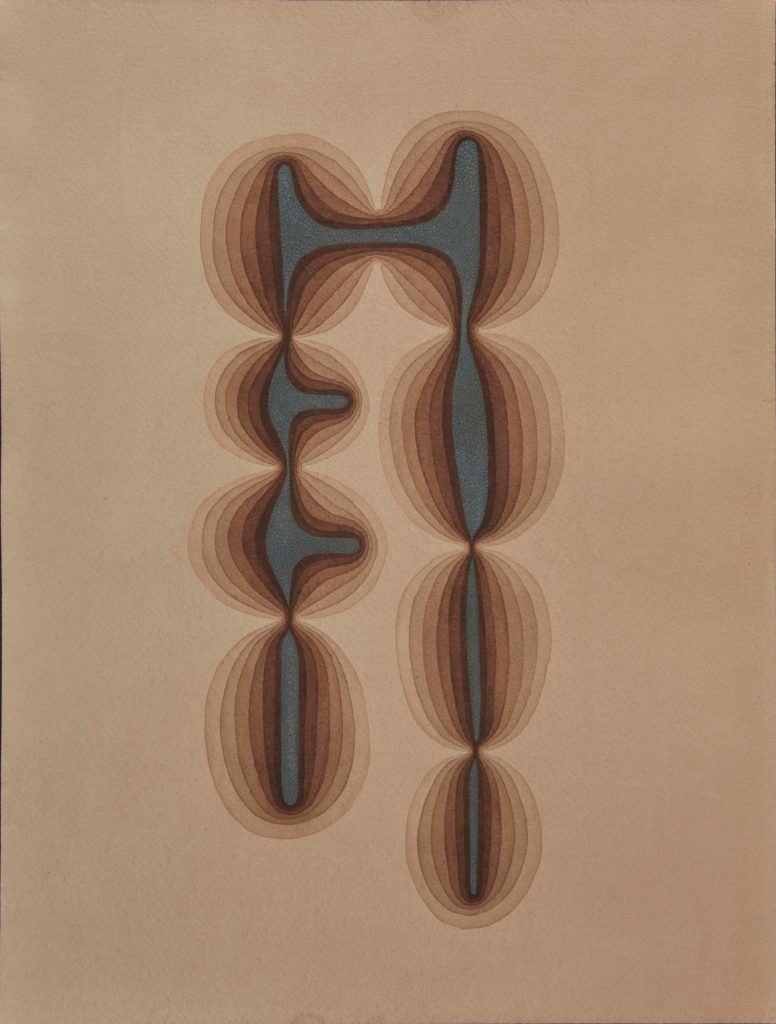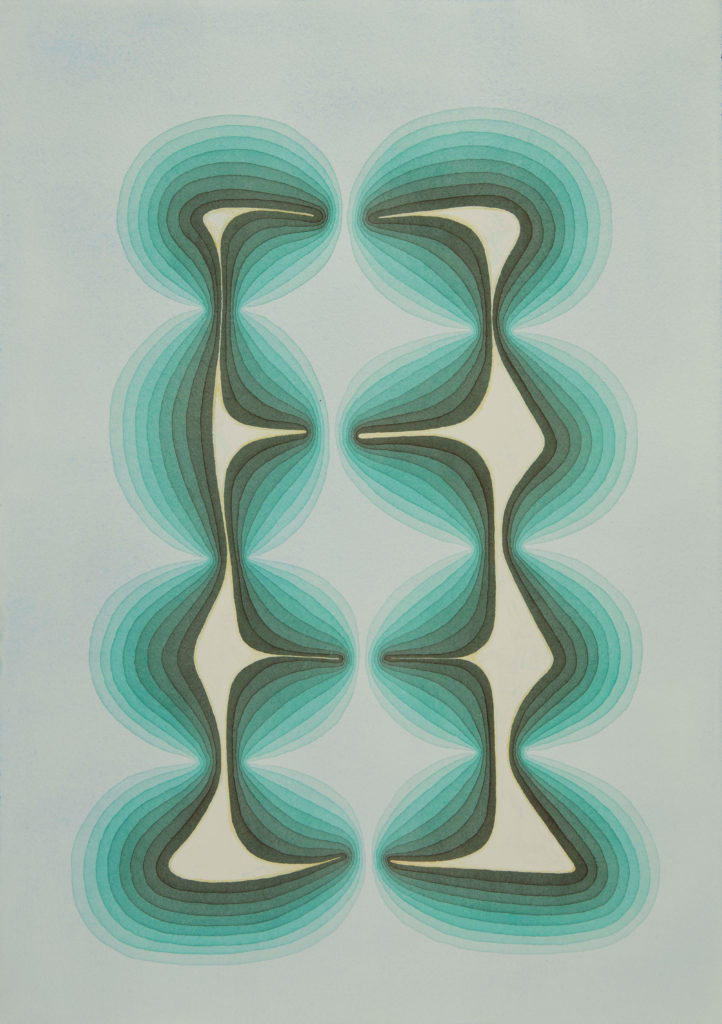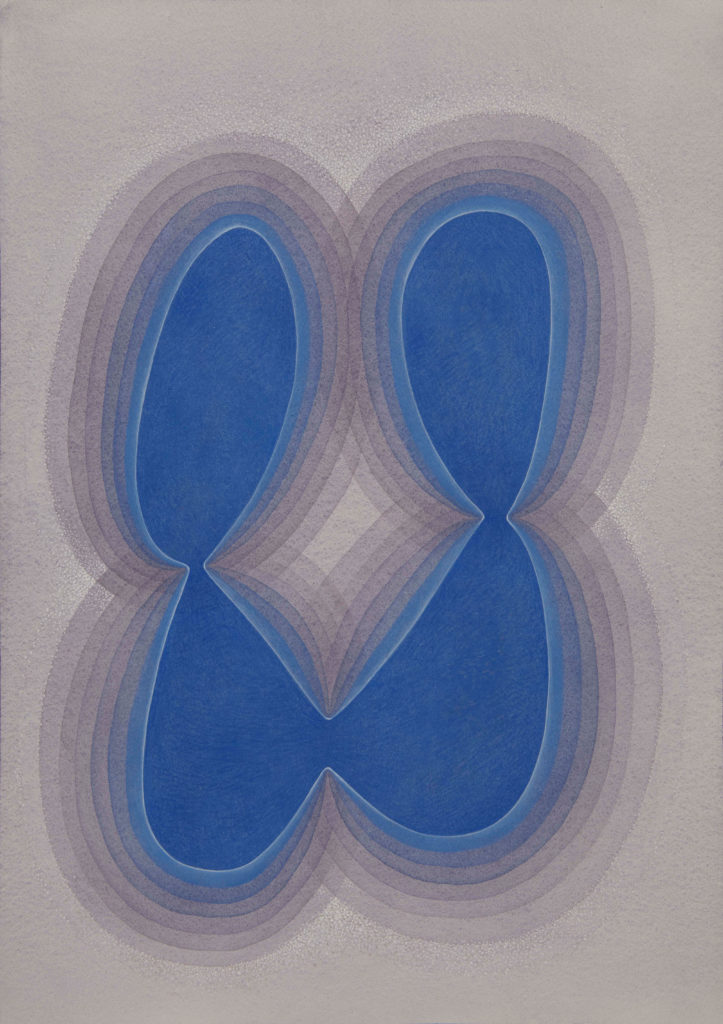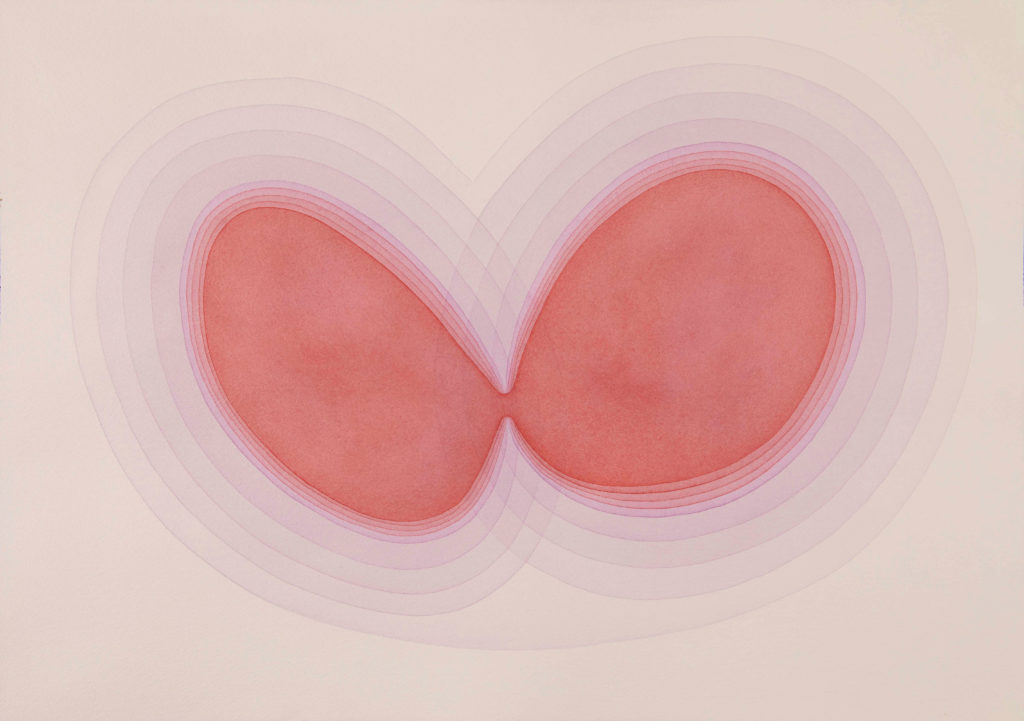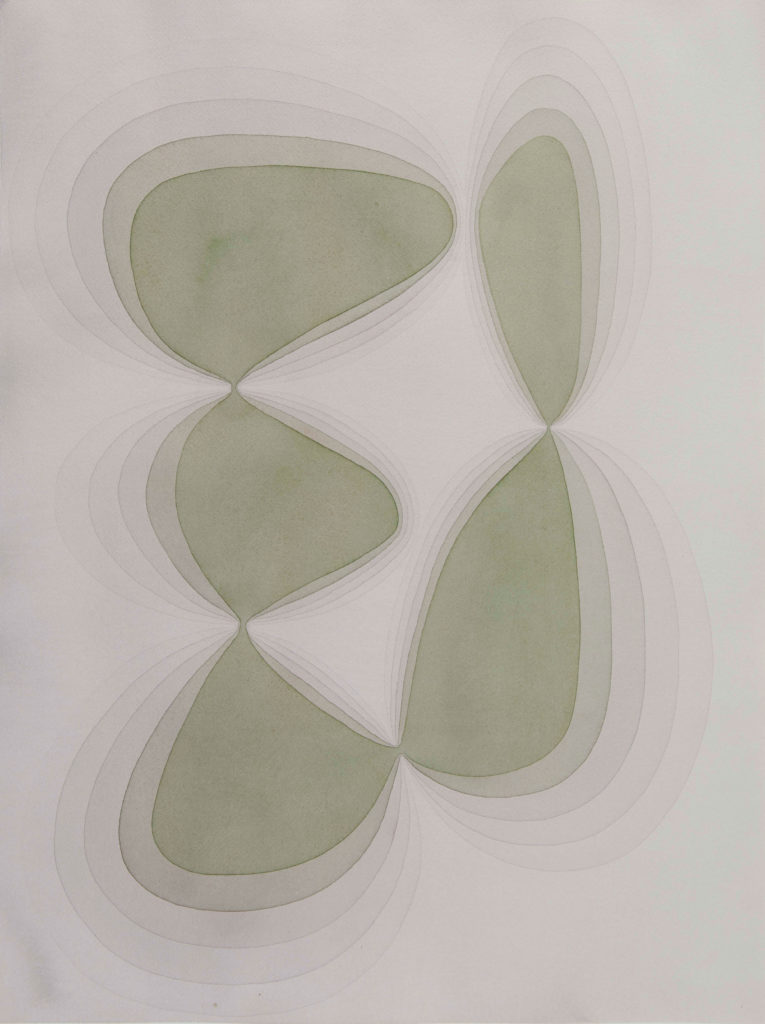Curtis Steiner
Sentient
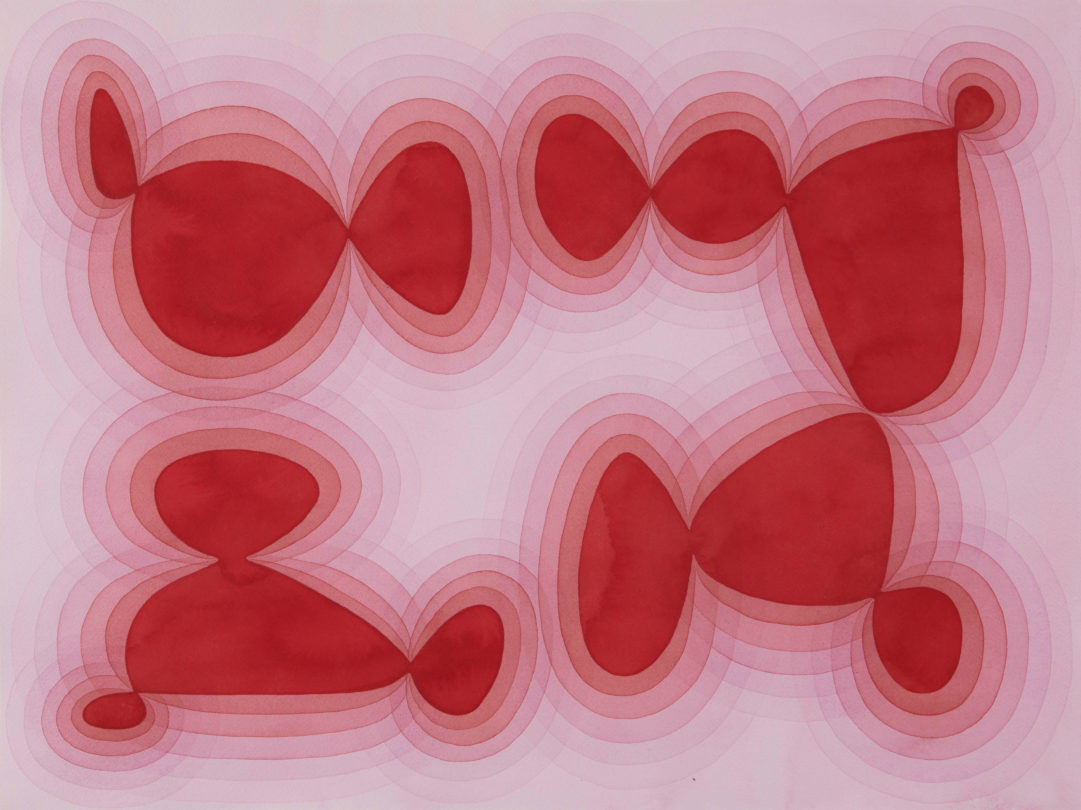
It is with great pleasure that we welcome Curtis Steiner to Traver Gallery. With Sentient, his first solo exhibition of paintings, Steiner displays a vibrant series of biomorphic shapes rendered in watercolor and gouache; abstractions that explore connection, relation, distance, and what happens when two or more entities collide, divide, and transform.
This exhibition marks a new chapter in Steiner’s career. Long celebrated for his virtuosic curation of extraordinary art and decorative objects, along with his intricate calligraphy, fine jewelry, precise illustration, and accomplished horticulture abilities, the paintings in this solo exhibition at Traver Gallery reflect his well-honed attention to craft and a new interest in the nuance of non-representational abstraction. The recurring visual motifs recall the observable rhythmic effects of nature while alluding to more subtle and poetic observations of human relationships.
-
About
Curtis Steiner - view profile
Curtis Steiner is an autodidactic polymath based in Seattle, WA. He is a master gardener, calligrapher, and artist. His luminous watercolors cast color and form as abstract protagonists in the midst of transformation. Soft forms swell, breach and accommodate the cavities around them, like lungs filling with air, or aquifers releasing water, in a waltz of scarcity and abundance. Informed by his calligraphy practice, Steiner’s renderings contrast precision and gesture to make the ephemeral concrete, a cloud between blinks, or a cellular exchange hidden from view. Their saturated totemic forms recall Tantric Paintings from Rajasthan, rich elemental voids to contemplate the infinite, suspended bridges to the sublime. Steiner establishes compositional parameters that generate ensuing forms, echoing parametric architecture’s pursuit of complex systems-driven geometry. Despite their meticulous abstract nature, these deliberate and organic forms suggest a human allegory. How do two individuals relate to and transform one another? What energy emerges when a couple collides?
